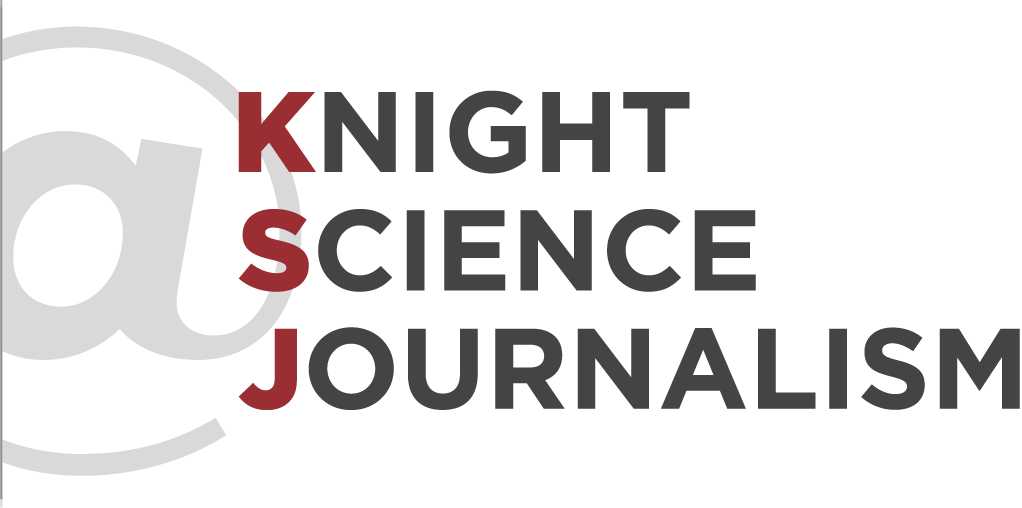
Rollout by the EPA and Whitehouse early this month of the “Clean Power Plan,” with its new emission regulations for electrical generating plants, was a big story. Media covered it heavily, focussing largely on coal-burning plants that will have the hardest time complying with rules that aim to cut the electric utility sector’s greenhouse gas emissions 30 percent by 2025.
The accounts seemed reasonably complete as read here at ksjtracker. (Previous posts I and II). Reporters covered it from many angles, sought to find out whether this is a huge new threat to the coal industry or a rather routine government tweak on events and trends already underway, and to find out the prospects for electric power bills to go up.
But, it turns out, a lot of reporters who listened in remotely or attended the initial open press briefings by the EPA were keenly frustrated by some of the rules that the feds tried to enforce. Chiefly, that EPA and other officials demanded their own names be left out of coverage. Info was to be attributed only to unnamed sources. Plus, those first briefings were not highly organized. Reporters who joined a conference call say, we learn, that they could not easily tell who was saying what – which would have made it hard to i.d. the sources no matter what the formal rules.
The Society of Environmental Journalists on June 5 sent a complaint to EPA administrator Gina McCarthy. It hit pretty hard, telling the EPA boss that reporters are personally accountable for what they tell the public, so “why aren’t your staff members just as accountable for what they tell us? End this insidious practice, which only reinforces public cynicism about a nameless, faceless, feckless federal bureaucracy.” the letter also repeated an earlier invitation to McCarthy to attend its next annual meeting – this one in New Orleans during the first week of September – so they could hear her take on environmental policy face to face and generally hash things over.
That letter is posted at the SEJ website, along with an answer from an EPA p.r. man, Tom Reynolds (aka Associate Adminstrator for External Affairs). His message focussed on how willing administrator McCarthy is herself to talk with reporters on the record – which by all accounts is the case – and on a long list of media agencies to which she gave interviews during the program’s hectic debut. Some other top officials also spoke on-the-record once the plan was formally issued. SEJ’s complaint concerned however the heavily-cloaked background briefing on the Monday morning when President Obama and McCarthy announced it.
McCarthy’s office, Reynolds added in his reply, is thinking about her making an appearance at the SEJ meeting.
Beth Parke, SEJ executive director, and Joseph Davis – the society’s director of Freedom of Information activities -have replied in turn to Reynold’s letter. They say the EPA missed the main point of their first letter. That second letter from SEJ, just mailed, should be up on the web site later today, Parke said. She provided us a copy. Among its key paragraphs are these, referring to the background briefing that was open to all journalists who listened in by phone or other means:
EPA should rarely if ever hold a “background briefing” by un-named officials, and certainly not in conjunction with an important news event. Public communications are public communications. To hold a press conference where the speakers are anonymous is a contradiction in terms — and suggests an agency lacks confidence in the competence and accountability of the speakers.
In your letter, you justified the background briefing by saying it was “intended to provide reporters with the opportunity to ask specific technical questions regarding the details of the proposal.” That is exactly what journalists, also, want regarding many EPA activities. But it is not, for the most part, what we have been getting.
Perhaps, one offers, background briefings in advance of a news event are not that uncommon and might be okay. But the one at issue here was during the start of the rollout. Why officials felt it useful to the public or to the agency that they remain anonymous is hard to see.
Parke said that while the interviews that some members of the press, mostly at large outlets, got were fine, others including freelancers “had almost no way to get anything on the record.” She also said that such anonymous background briefings were common when Lisa Jackson headed the EPA but faded after SEJ and perhaps other journalist organizations protested. “Now, it looks like they’re back,” Parke said. She added that SEJ is filing two requests under the Freedom of Information Act seeking documentation of internal communications at EPA that set out its policies, and their evolution, for dealing with the press.
Quite a tempest. One supposes that things could be far worse – just look at the muzzling of government scientists that has been tightening for years during the administraiton of Prime Minister Stephen Harper in Canada. But they also could be much better.
A few journo-centric outlets have been covering this right along (& a tip of the hat to AP’s Seth Borenstein for suggesting ksjtracker spread the word).
Other stories:
- The Observatory, Columbia Journalism Review – Alexis Sobel Fitts: The EPA goes on background, and journalists revolt ; Includes a description from AP’s Dina Capiello of how difficult it can be to try to write a major story as it breaks when key sources insist they not be named.
- The Daily Caller – Michael Bastasch: Green Journos Seeing Red Over EPA’s Climate Rule Roll-Out ;
- The Washington Free Beacon – CJ Ciaramella: Journalists to EPA: No More Anonymous Conference Calls ;


yeni nesil iletişim sitesi